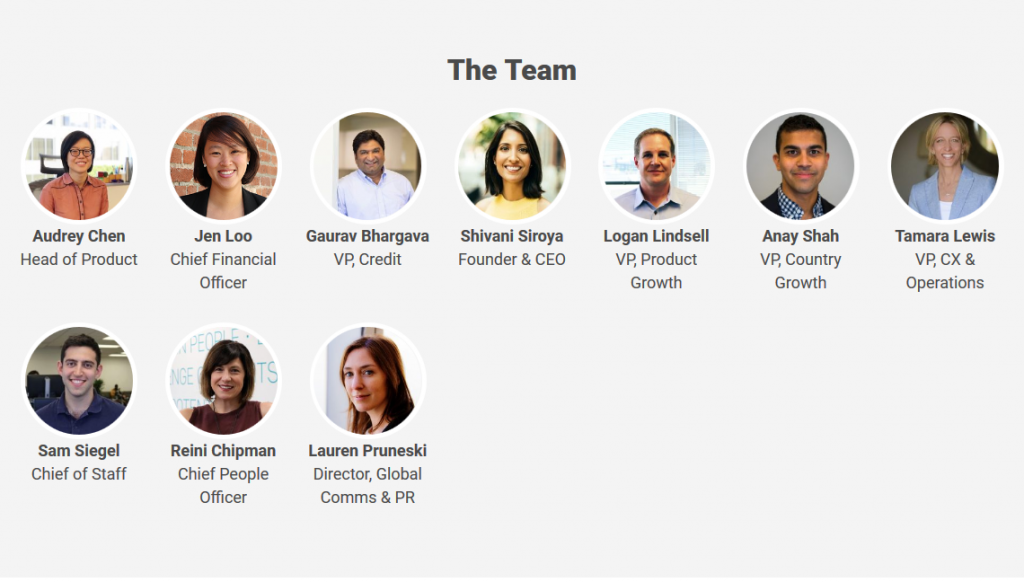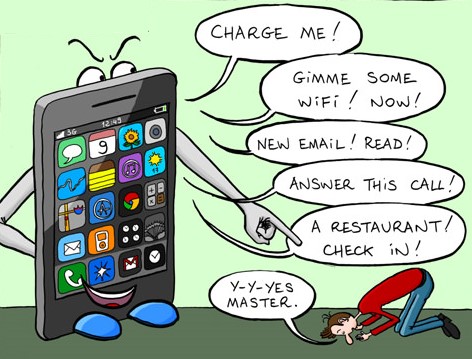
Automobile is a word that came up when the world transitioned from horse drawn cars to self-propelling cars with engines. Then, no one saw it coming that one day even the driver would become unnecessary and the car would move from both animal power and control. Once Self-driving cars (also known as autonomous or driverless cars) hit our roads, we will be having the first true automobiles ever.
Today, we have autonomous cars being tested by many companies all over the world. It is estimated that we will see a major use of self-driving cars in early 2020s, which is just a few years to come. How will these cars affect Africa as a continent?
How self-driving cars work
Driving is a simple but monotonous task that almost any person can learn, just like riding a bicycle. However, it demands concentration and focus on the road, which most humans do not like, especially in the current age where there are distractions everywhere. It involves making observations, interpreting the observations, and acting on the information acquired.
Making observations is one of the easiest part for a machine, but the most boring for humans. While humans will look away and get distracted, a combination of sensors will never blink. Humans use their eyes, and ears to make observations, while an autonomous car will use an array of sensors such as cameras, radar, LiDAR and Ultrasonic sensors. With these, the car can see objects around it, identify lanes on the road, and estimate distance between then and obstacles.
The part of interpreting the information is very easy for human beings, but complicated for machines. That is where Artificial Intelligence comes into play. A person can identify what an obstacle is very easily, and make a decision. Whether it is someone crossing the road, a piece of carton, a rock, a discarded water bottle, or a pothole, a human being can see the obstacle and make the decision at the heat of the moment. However, a machine needs to be trained on how to react in each of those situation, and this is a very complex task which every manufacturer is trying to crack. An autonomous car needs to know how to react to any of those situations, and even make decisions when it comes to unexpected situations.
Acting on the information is easy. A person will simply use hands and legs to steer a car, while an autonomous car will use several actuators to do the actions (like a motor to turn the wheels). Both human beings and machines do well at this.
Current Situation
At the moment, self-driving cars can do well in places where there is law and order. Where there are street lights and markings on the road. Where people respect and follow traffic signs. What would happen if the same cars were brought to Lagos or Nairobi, where chaos rule the road and infrastructure is not very developed? chaos. Yet, these are the areas which have more accidents that are attributed to human error, something that driverless cars can solve.
The truth is that it will take longer before we have good self-driving cars on most of our African roads. However, there is one of there aspects that can be used, which is already in play in some cars that have semi-autonomous mode.
Assisted Driving
The self-driving technology can be used to assist human drivers to make better decisions on the road. This would help avoid human error, as the sensors are able to warn drivers of many dangers that humans miss, and also help in enforcing some traffic rules. We can have our vehicles that will never over speed (by design), and ones that will report violation of lane discipline. We can have vehicles that will observe speed limits automatically, which won’t start when the driver is drunk, which will act when a driver is distracted, report risky behaviors, never ran red lights, and observe route discipline. This would solve most of public transport problems.
Most of these features are available in some high end cars today but miss where they are needed most; public transport vehicles. As of now, we can focus on technology assisted driving before fully autonomous vehicles find their place in Africa.










